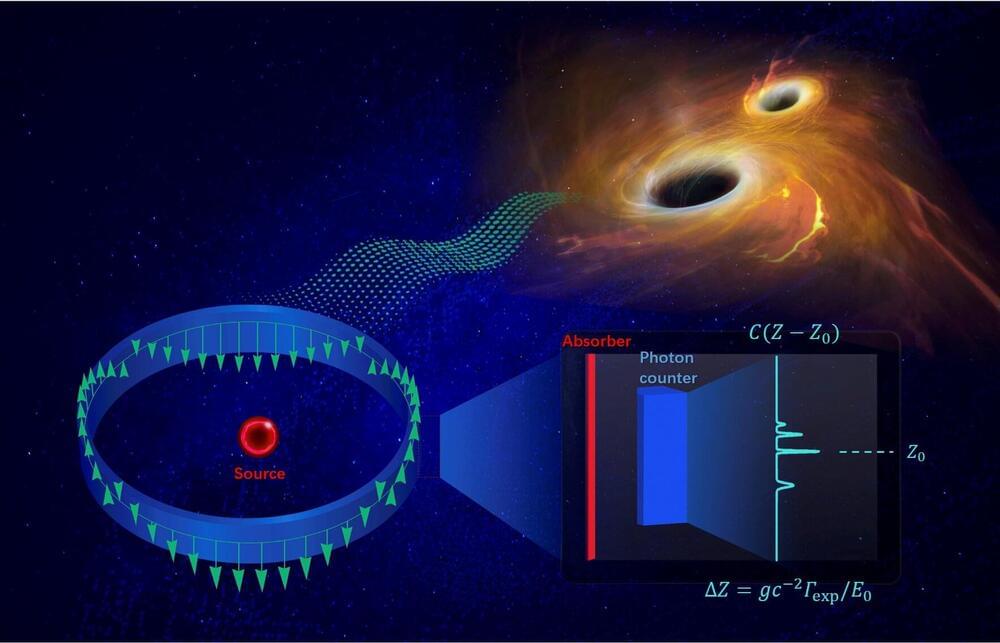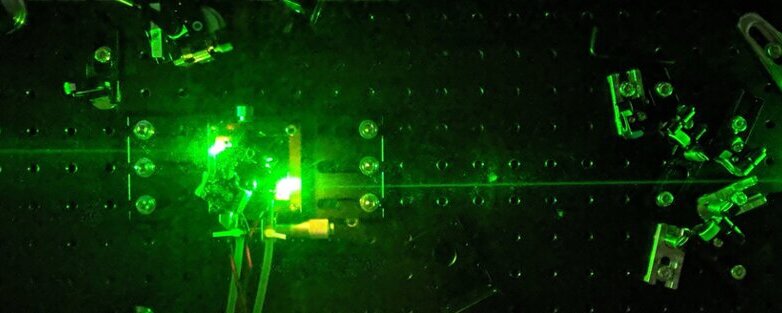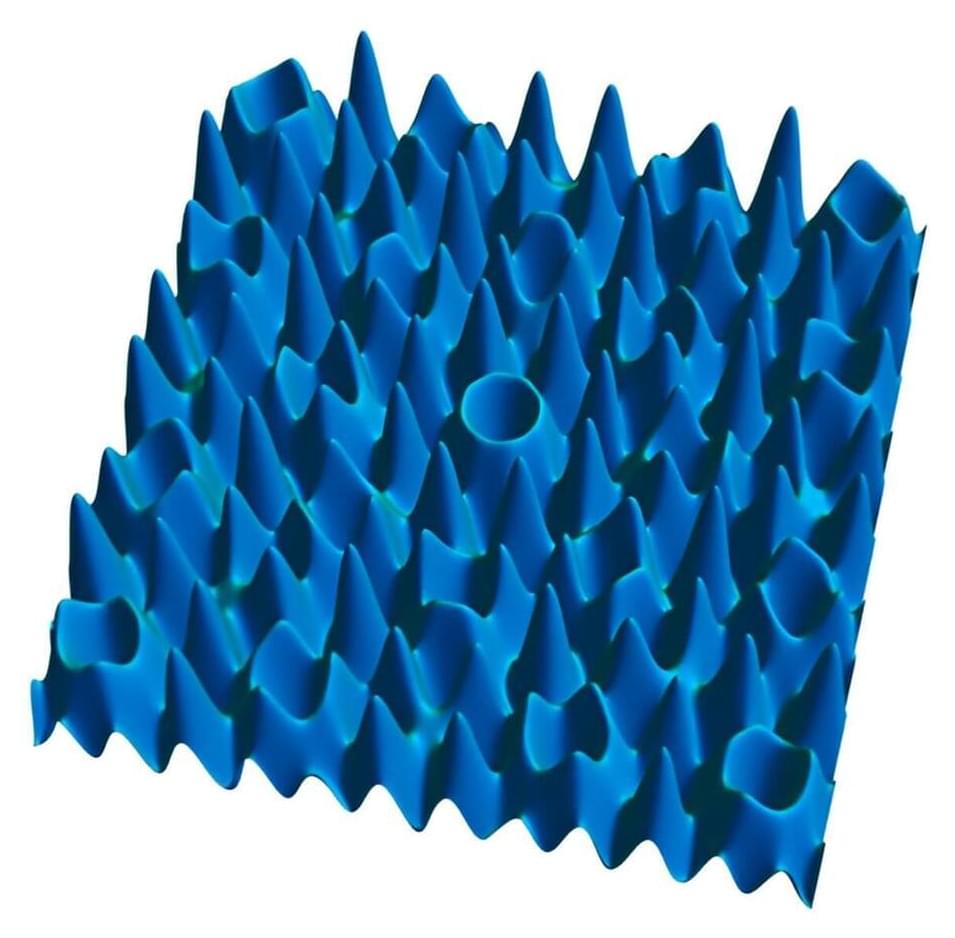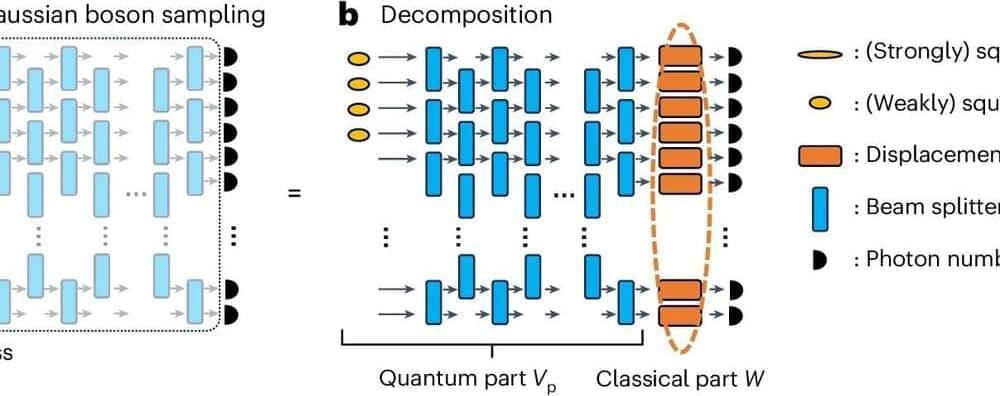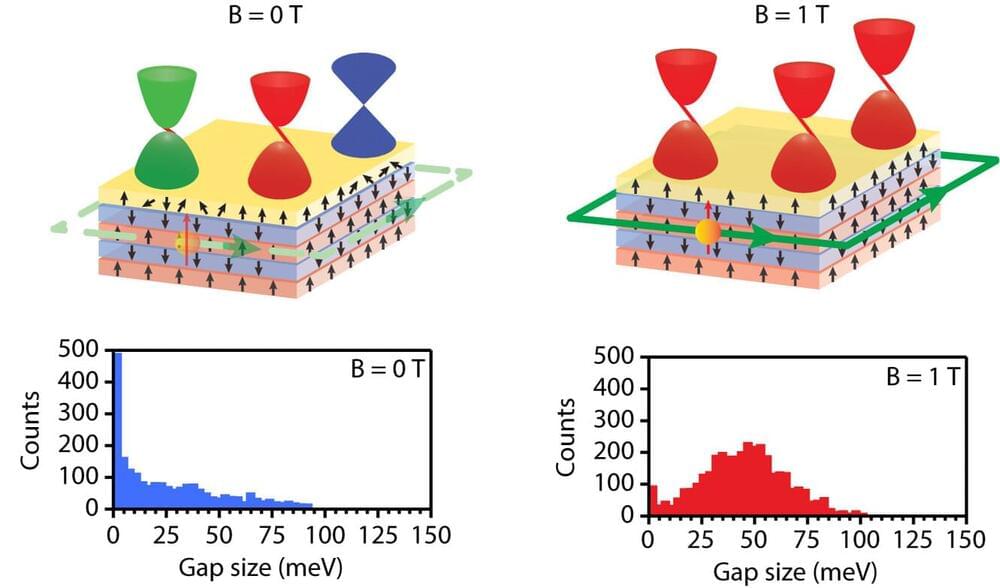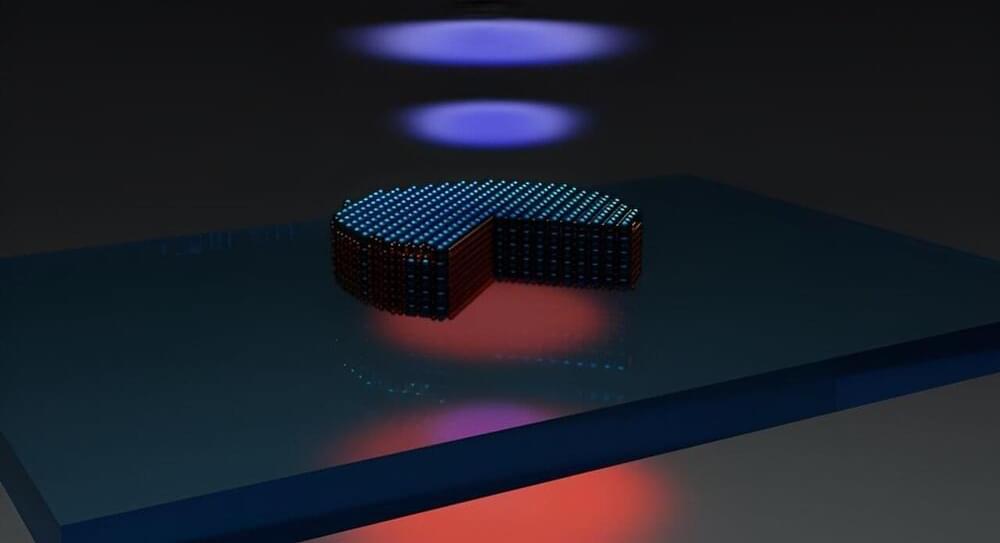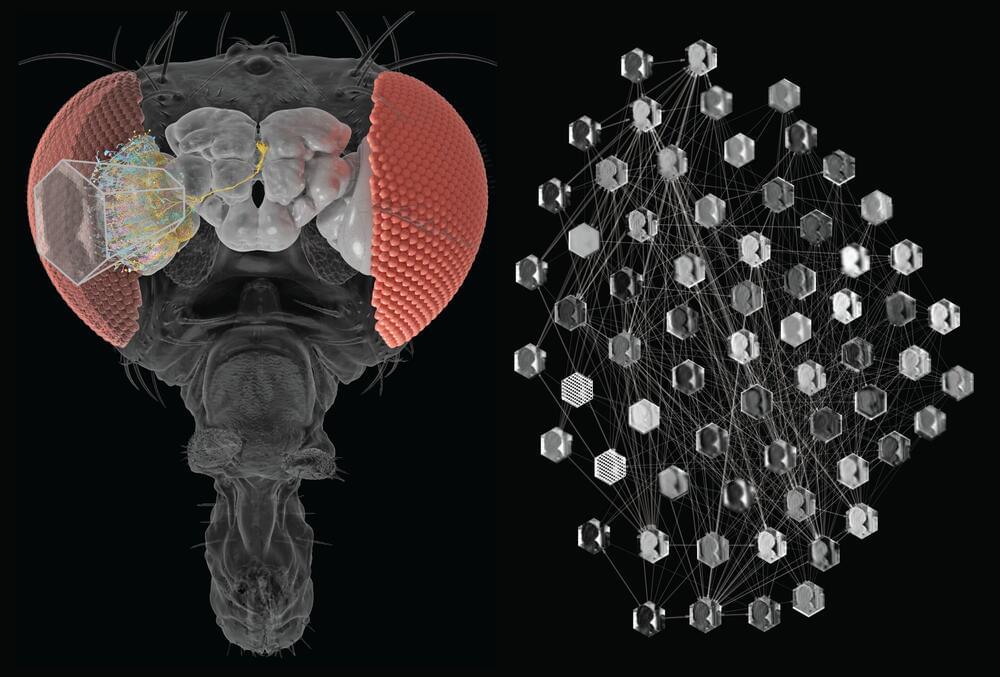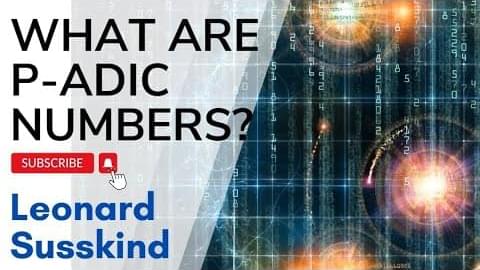Sep 11, 2024
Novel Mössbauer scheme proposed for gravitation wave detection
Posted by Saúl Morales Rodriguéz in categories: innovation, physics
Scientists at the Institute of High Energy Physics (IHEP) of the Chinese Academy of Sciences have proposed an innovative method to realize gravitational wave detection by utilizing Mössbauer resonance. Their findings, recently published in Science Bulletin, highlight a new approach that could revolutionize the study of gravitational waves.
